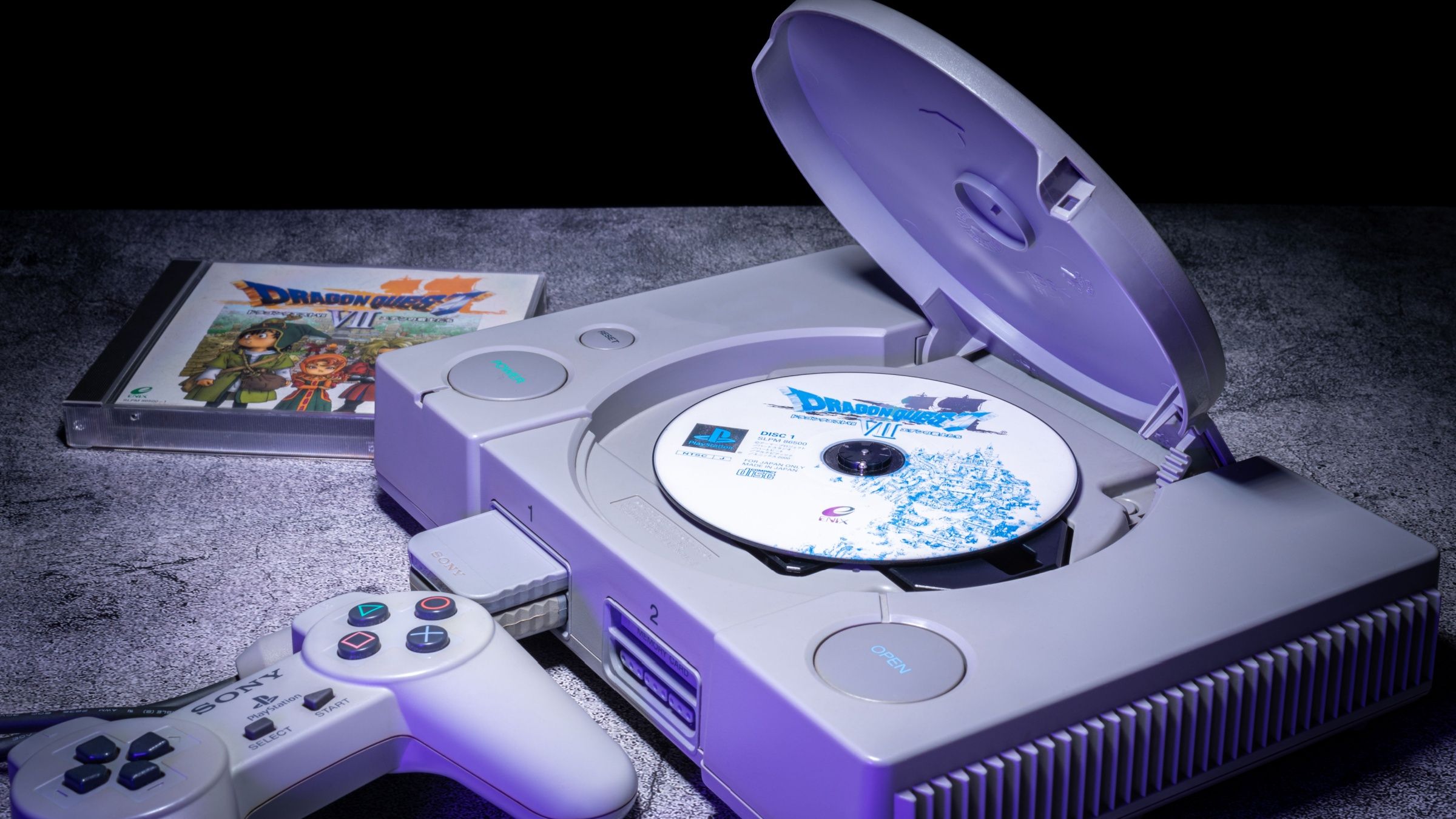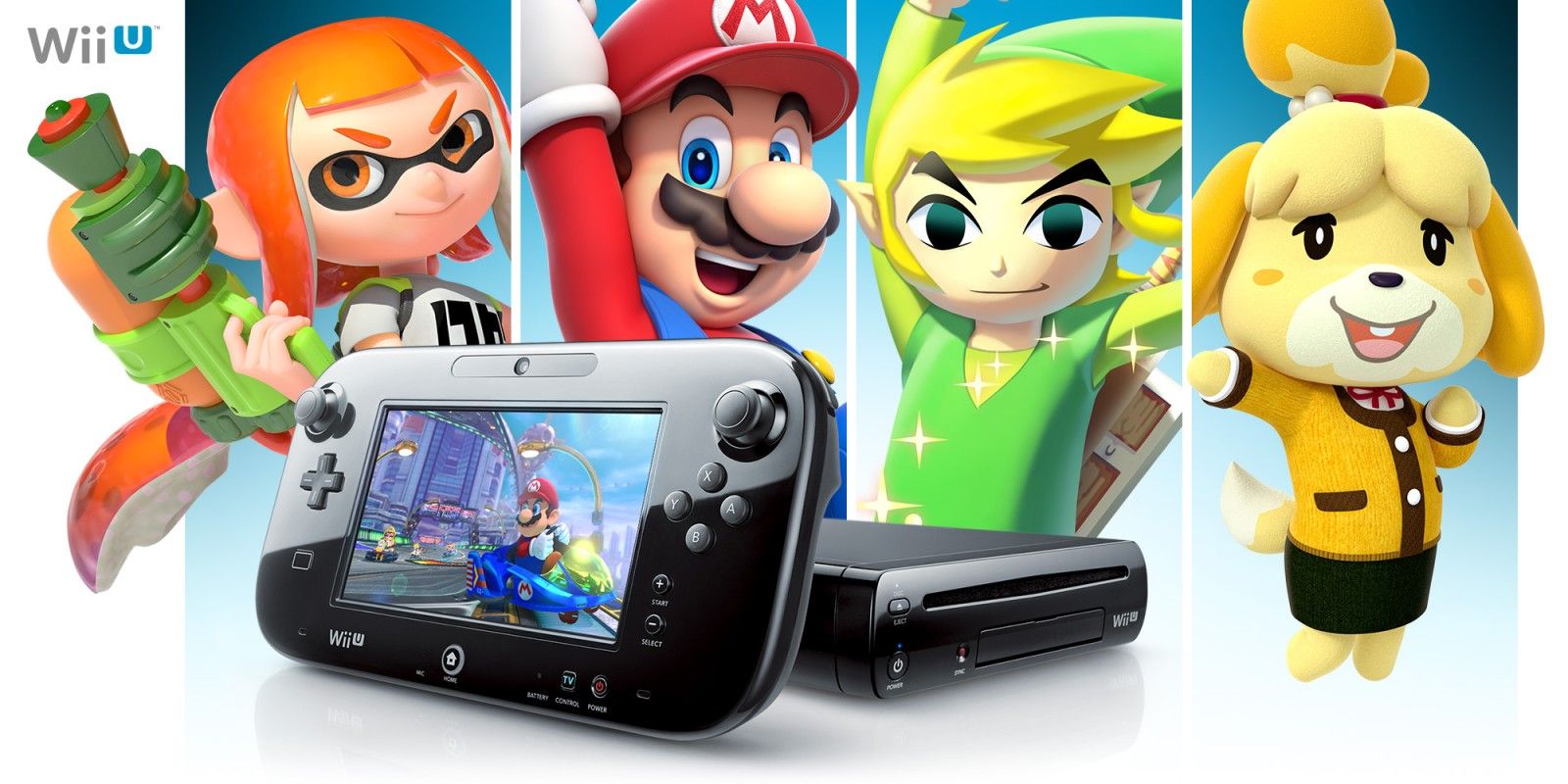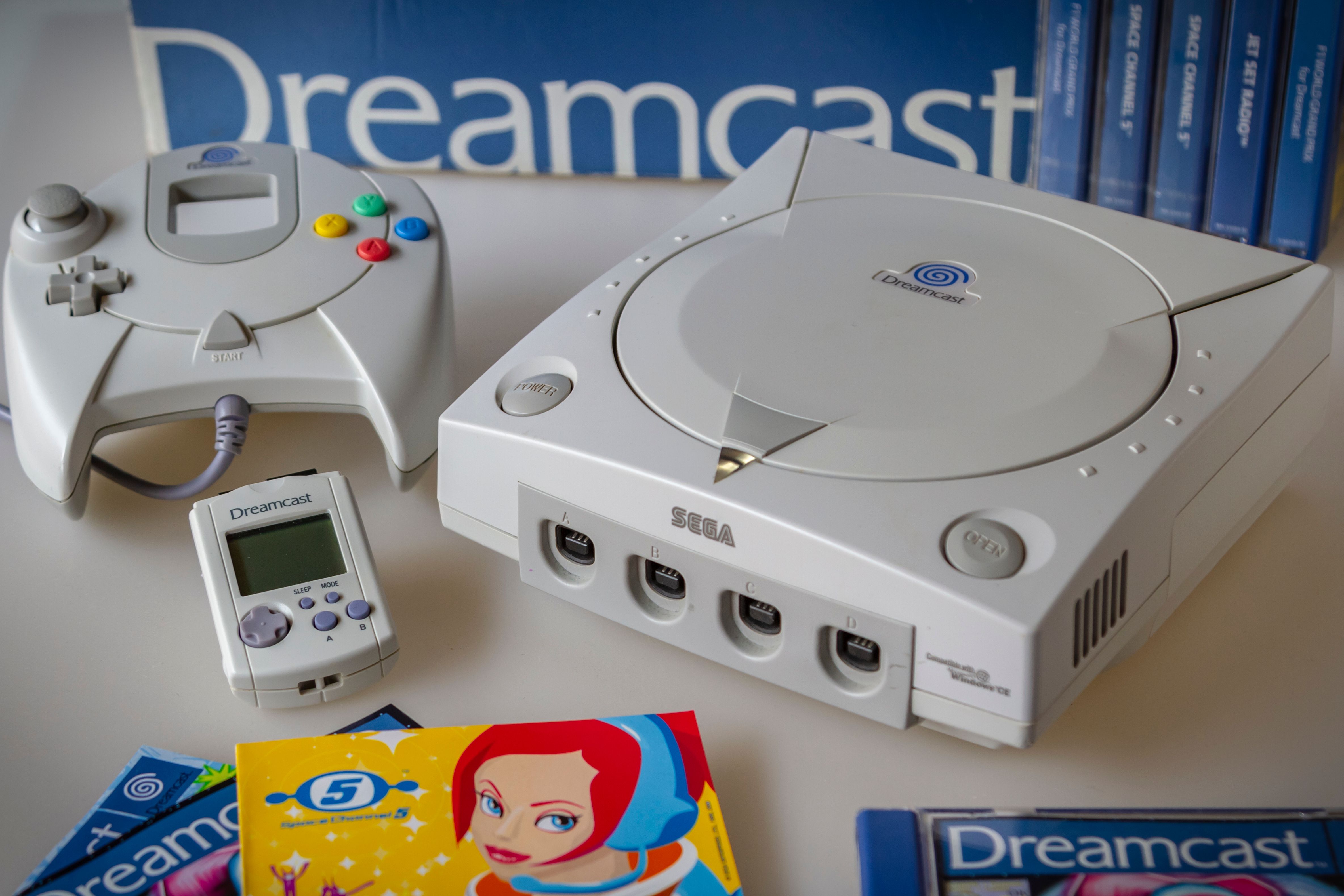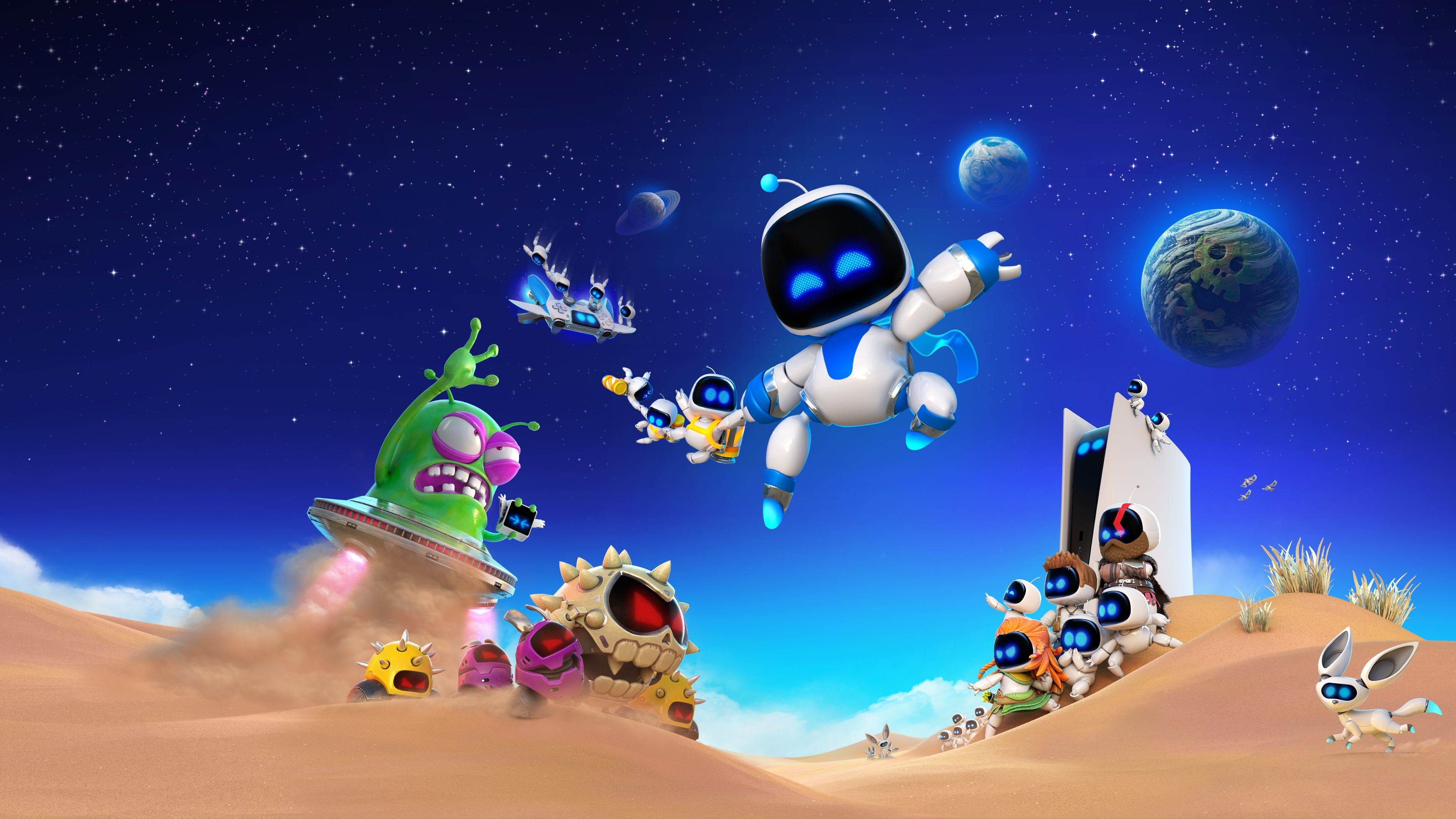During prior console generations, I always assumed console exclusivity was nothing but a pointless, borderline anti-consumer marketing tactic. Years later, it seems like console games are finally shedding the chains of exclusivity and I’m beginning to question if that’s the right decision.
Before the launch of the Xbox Series X|S and PlayStation 5, most consoles had a healthy lineup of exclusive releases. Sure, some consoles boasted better exclusives than others (and nothing has ever outshined the PS2), but each console carried at least a few notable games to set itself apart from the competition. However, the latest Xbox and PlayStation consoles broke from tradition by openly embracing cross-platform releases, but that decision may be the downfall of this console generation.
The Best Consoles Have the Best Exclusives
Before we start blaming the lack of exclusives for the current state of console gaming, it’s worth noting that there are plenty of other problems that have contributed to its recent decline. Lackluster launch titles, early supply issues, exorbitant prices, and a disappointing lack of innovation are all partly to blame for why the Xbox Series X|S and PS5 didn’t immediately fly off store shelves at launch.
But the two consoles have since seen very different levels of success. According to sales data from VGChartz, the PS5 had sold over 61 million units across its lifetime by late 2024, whereas the Xbox Series X|S sold a little over 30 million in that same period—just under half the number of units.
Despite their similarly rough beginnings, the PS5 came out on top due to its enticing exclusives. Games like Astro Bot, Marvel’s Spider-Man 2, and the recently released Death Stranding 2: On the Beach gave players a reason to choose PlayStation over Xbox for this console generation. While most of its exclusives have since received PC ports—with a few later appearing on Xbox consoles—the PS5 still boasts a memorable selection of exclusives.
Meanwhile, Microsoft’s push to brand everything as an Xbox has given us plenty of ways to enjoy its games on other platforms and very little reason to buy an actual Xbox console.
This isn’t the first time exclusives have been the driving force behind a console’s success. If you look at the best-selling consoles of all time, you’ll find each one boasts a mix of gaming masterpieces and cult classics as part of their exclusive libraries. The PS2 gave us monumental titles from all genres, including Final Fantasy X, Metal Gear Solid 3: Snake Eater, Shadow of the Colossus, and too many other fantastic games to list them all here.
Likewise, the Wii defined itself through exclusives that anyone could enjoy, such as Wii Sports and Mario Kart Wii, as well as featuring more mature titles like Xenoblade Chronicles and Red Steel 2.
Exclusives have been selling consoles throughout the entire history of the video game industry. Whether it was the 16-bit console wars, the dawn of 3D gaming, or the first HD consoles. The winner of every console generation has been determined by the quality of its exclusives.
There’s never been a better showcase of the importance of exclusives than the true winner of the current console generation: the Nintendo Switch. Unlike Sony and Microsoft’s systems, the Switch boasts a massive library of amazing games that aren’t available on other platforms—apart from being backward compatible with the Switch 2. If you want to play the newest Animal Crossing or Zelda games, Nintendo makes sure that it’s hardware is your only option.
As a result, the Nintendo Switch overwhelmingly outsold both the PS5 and Xbox Series X|S combined, having sold more than 143 million units by late 2024. Just earlier this year, Nintendo passed the 150 million unit milestone, while the PS5 is still lagging behind with just over 77 million lifetime unit sales—which is less than the PS4’s reported 117 million unit sales. While the Switch certainly isn’t a perfect console and falls behind its competitors in multiple respects, its exclusive library more than made up for its shortcomings.
Bad Exclusives (Or None at All) Can be Console-Killers
Just as an amazing collection of exclusives can make for a successful system, a lackluster game lineup can easily dampen its sales. Many consoles have failed simply because their game library lacked a “killer app” to entice consumers. I’ve already talked about how the Xbox Series X|S made the mistake of neglecting exclusivity, but it wasn’t the first console to massively miss the mark with its exclusive games.
Nintendo’s Wii U was hurt by a bevy of bad decisions—ranging from a confusing marketing campaign to the controversy surrounding its gimmicky controller—but the biggest stain on its reputation was the console’s lackluster line of exclusives.
Most of the Wii U’s major exclusives were disappointing sequels like Star Fox Zero, terrible spinoffs such as Animal Crossing: Amiibo Festival, and obvious shovelware like Devil’s Third. That’s not to say the Wii U was all bad—some of the system’s standout releases included hits like Splatoon, Super Mario Maker, and Xenoblade X—but its numerous disappointing releases and complete omission of beloved franchises like Metroid and F-Zero pushed many players to the PS4 and Xbox One.
Similarly, the PlayStation Vita struggled to replicate the success of other high-profile handhelds due to the letdown of its own exclusives. Although the Vita has garnered a cult fanbase for its wealth of niche hits and indie gems, it never received a major system-seller that could attract a larger audience. Many of its best games were also released on the much more popular PS4, which only added to the Vita’s lasting obscurity.
The problem with each of these consoles wasn’t just their lack of notable exclusives, but also their consistent failure to showcase what set them apart from other systems. The Wii U was defined by its infamous GamePad, but very few games found a clever use for the unusual controller.
While some games like Zombi U and Super Mario Maker benefited from the dual-screen design, even these exclusives never showed the GamePad to be a game-changer on the same level as the DS touchscreen or motion-controlled Wiimote. Likewise, the Vita’s console-grade graphics and additional touchpad made it unique among handheld systems, but its games never catered to the system’s portability or made use of its unique gimmicks.
Exclusives aren’t just a way for consoles to attract new players, they also act as showcases of a system’s one-of-a-kind capabilities. Much of the Wii’s exclusive library showed off its motion controls and the unique experiences that the Wiimote could support. Similarly, the DS used Nintendogs to show off its extensive list of unique features, the Xbox 360 showcased online multiplayer with Halo 3, and the Switch showed the creative uses for its Joy-cons with games like ARMS and Snipperclips. Even the PS5 perfectly demonstrated the haptic feedback of its DualSense controller through Astro’s Playroom and Astro Bot.
Exclusivity Doesn’t Always Guarantee Success
Most consoles have lived and died based on the quality of their exclusives, but there have been a few exceptions throughout gaming history. Possibly the most famous example was the Sega Dreamcast, which boasted an expansive library of experimental cult classics, long-awaited sequels, and some of the most revolutionary games of all time.
This included iconic games like Shenmue, Sonic Adventure, Jet Set Radio, Phantasy Star Online, Skies of Arcadia, and dozens of arcade-perfect ports of iconic Sega games. Even with its impressive catalog, the Dreamcast still ended up as a commercial failure.
More recently, the Switch 2 demonstrated the opposite effect, becoming the fastest-selling console of all time despite featuring only one major exclusive. While the console does have the benefit of backward compatibility and next-gen ports of older titles, the only exclusive game currently available for the console (at the time of writing) is Mario Kart World.
Even with their unusual sales records, both the Dreamcast and Switch 2 indirectly highlight the importance of console exclusives in their own ways. The Dreamcast was an outstanding console on its own, but was unfortunately crushed by the immense competition of the PS2, GameCube, and Xbox—all of which launched with their own highly-anticipated exclusives.
In contrast, the Switch 2 may not have many exclusives at the moment, but Nintendo has promised a massive lineup of long-awaited games in the console’s future. Exclusive titles like Donkey Kong Bananza, The Duskbloods, Kirby Air Riders, and more are on the way—along with whatever games have yet to be announced.
Players Need Reasons to Buy New Consoles
Despite all this talk about exclusivity, cross-platform releases are still great for everyone. However, console manufacturers need to give consumers a good reason to invest in brand-new systems, and console exclusives are easily the best way to justify buying another gaming console. That doesn’t mean cross-platform releases should come to an end, but we need more exclusives like Astro Bot and Wii Sports to show that consoles can deliver gaming experiences that can’t be found anywhere else.
Unfortunately, recent consoles have tried to emulate PCs without doing much to set themselves apart. The PS5’s DualSense controller and helpful guidance features give it some distinction from other platforms, but very few games use these features in meaningful ways. The Xbox Series X/S is worse in this regard, and even its greatest selling point—Xbox Game Pass—is becoming increasingly accessible on other platforms.
Fortunately, the Switch 2 looks to be changing that with its console-handheld hybrid design, the Joy-Cons’ added features, and the potential uses for its camera functionality. For console gaming to survive, other systems need to adopt this same level of innovative creativity, both in their hardware and their exclusives.










:max_bytes(150000):strip_icc()/fitbit-versa-4b7edd55521241f2b91fbf8db9c5cc2e.jpg?w=1174&resize=1174,862&ssl=1)
Leave a Comment
Your email address will not be published. Required fields are marked *